
Medical Device CE Certification EMC Testing IEC 60601-1-2
Medical Device CE certification
To export medical devices to the EU market, CE certification is requiRED, including emc testing. For the US market, EMC testing is also necessary before submitting for FDA certification. A series of extensive EMC tests, usually referred to as IEC-60601-1-2, are required when submitting a medical device to the FDA under 510(k) or pre-market approval (PMA). These tests ensure that your medical device meets the emission and immunity standards required by the FDA for sale.
What is IEC-60601-1-2?
iec 60601 is a series of general standards established to define the safety and essential performance of medical electrical equipment. Under the general standards, there are subsidiary standards that require testing according to your device specifications. IEC-60601-1-2 is a collateral standard that mandates EMC testing on any electronic medical device. As part of the FDA submission, you need a recognized laboratory to perform the IEC-60601-1-2 testing.
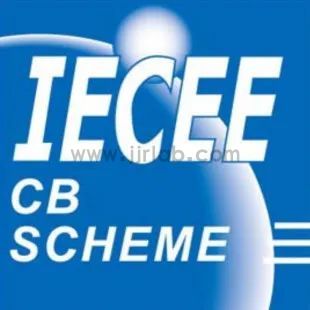
What Types of Tests Does IEC-60601-1-2 Require?
Conducted Emissions
Ensuring no conducted EMI back to the AC power supply
We need to determine that your medical device does not transmit electromagnetic interference (EMI) back to the AC power supply beyond CISPR 11 limits.
Radiated Emissions
Measuring the amount of EMI emitted by the device
Most modern electronic devices with microcontrollers generate low levels of EMI, radiating into free space. CISPR 11 defines these radiation levels, and we measure your medical device to ensure compliance.
Electrostatic Discharge (ESD)
Testing with simULated high-voltage ESD equipment
Electrostatic discharge (ESD) is a sudden flow of electricity that can cause high-voltage sparks. We use handheld equipment to simulate these ESD events and test your device to ensure it can handle ESD within the limits of IEC-61000-4-2.
Radio Frequency Immunity
Scanning and injecting RF noise into your device
IEC-61000-4-3 involves transmitting various RF signals to the device in a semi-anechoic chamber, while IEC-61000-4-6 involves connecting RF signals directly through cables. These tests ensure that your medical device does not malfunction in the presence of other RF signals.
Fast Transient Burst
Assessing your device's response to rapid changes in input power
IEC 61000-4-4 evaluates your product's resilience to rapid, repeated bursts, while IEC 61000-4-11 measures resistance to quick drops and power shortages. IEC 61000-4-5 applies a steady high-power surge to ensure your device can handle such events.
Magnetic Field Immunity
Testing your device's handling of magnetic fields
We simulate high-power magnetic fields and apply them to your medical device as specified by IEC-61000-4-8. We then assess your device to ensure it operates correctly in the presence of these magnetic fields.
We can complete your medical device IEC-60601-1-2 testing within 3 weeks. For details, consult China JJR Laboratory. As an IEC 17025 and GLP accredited lab, we can save you 20% on certification testing costs!
What if My Device Fails the Tests? Can Remediation Be Provided?
In addition to EMC testing, our experienced staff has extensive backgrounds in medical device design and EMC remediation. We can assist you in identifying problem areas in your design and implementing cost-effective solutions to quickly retest and expedite your product's time to market.
Additional Questions on Medical Device testing/IEC 60601-1-2:
1. How does regular EMC testing for consumer products differ from medical device testing?
Medical devices are tested similarly to fcc part 15 Class B devices, using CISPR 11 to measure radiated emissions and check conducted emissions on the AC power supply. Medical device testing involves additional aspects such as ESD, RF/immunity, and pulse/surge/drop tests, which are not typically required for FCC Part 15 devices, posing challenges for many designers.
2. What issues are most commonly encountered?
Undoubtedly, most medical devices encounter issues during IEC-61000-4-2 (simulated ESD Testing). Isolating ESD from microcontrollers and other sensitive integrated circuits can be very challenging, potentially causing failure in this part of the testing.
3. How can we pre-test our devices?
Many of our clients contact us for pre-testing their designs. We can assist with comprehensive pre-testing at 50% of the final testing cost, identifying any issues early in the system before finalizing the product housing and PCB layout. While compliance is often the last step, we encourage you to contact us early for pre-testing, which we find very valuable for designers.
4. Which IEC 60601-1-2 standards are you testing?
We are currently conducting all medical testing according to IEC 60601-1-2:2014 4th edition, published in February 2014. The FDA currently only recognizes the 4th edition of IEC 60601-1-2:2014.
5. What do I need to provide for testing?
Depending on your device, we will need two production-quality samples. You will need to provide the final power supply, product manual, and written operating instructions. We will work with your design team to determine if any additional firmware changes are necessary for testing.
How Long Does the IEC 60601-1-2 Testing Process Take?
Medical device testing can usually be completed quickly. From the receipt of the device, the IEC 60601-1-2 testing project typically takes about 3 weeks. Unlike wireless device testing, this product does not need to be submitted to an external certification body, allowing us to test and return results to you promptly.
Email:hello@jjrlab.com
Write your message here and send it to us
 What Certifications for Exporting Monitors to Euro
What Certifications for Exporting Monitors to Euro
 Bluetooth Headphones Exported to Australia Certifi
Bluetooth Headphones Exported to Australia Certifi
 What Certifications for Router Products Exported t
What Certifications for Router Products Exported t
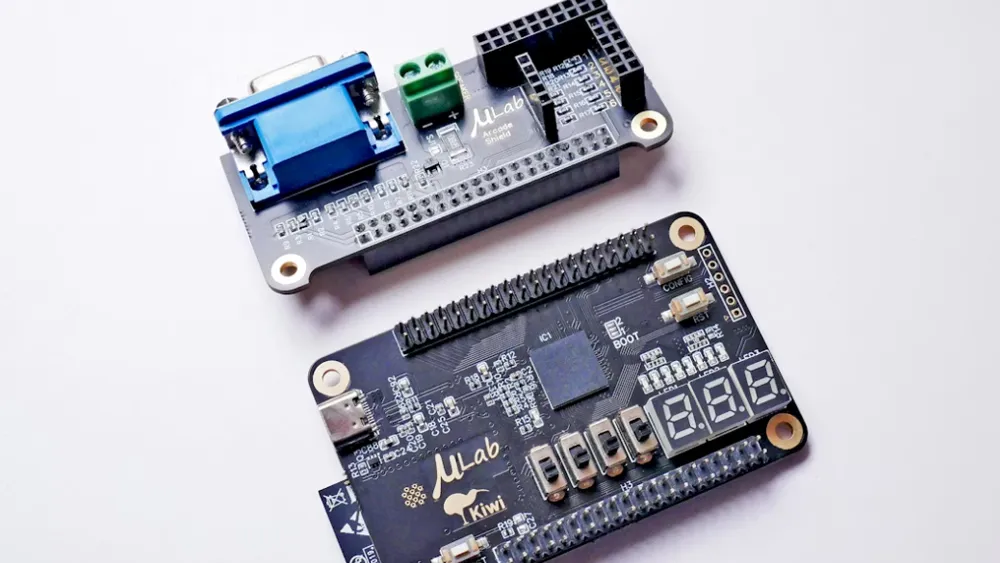 TIC (Power Bank UL 2056, Portable Power Station UL
TIC (Power Bank UL 2056, Portable Power Station UL
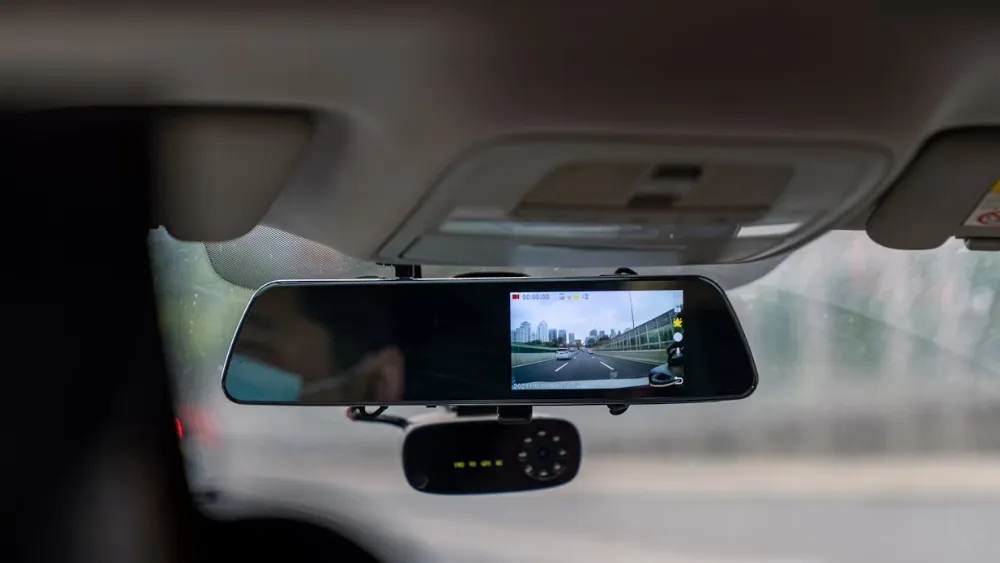 How to get EN 18031 Certification for Wireless Pro
How to get EN 18031 Certification for Wireless Pro
 PSE, TELEC and VCCI Compliance for Cameras Exporte
PSE, TELEC and VCCI Compliance for Cameras Exporte
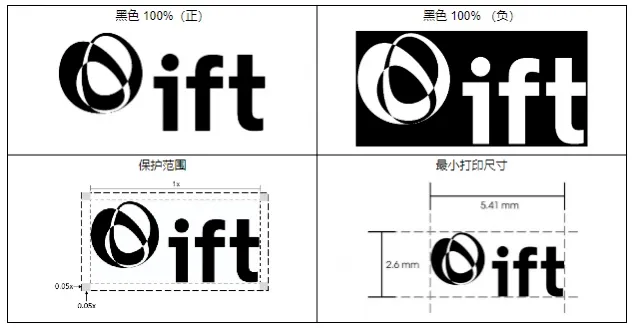 NOM & IFT Compliance for Audio Equipment Expor
NOM & IFT Compliance for Audio Equipment Expor
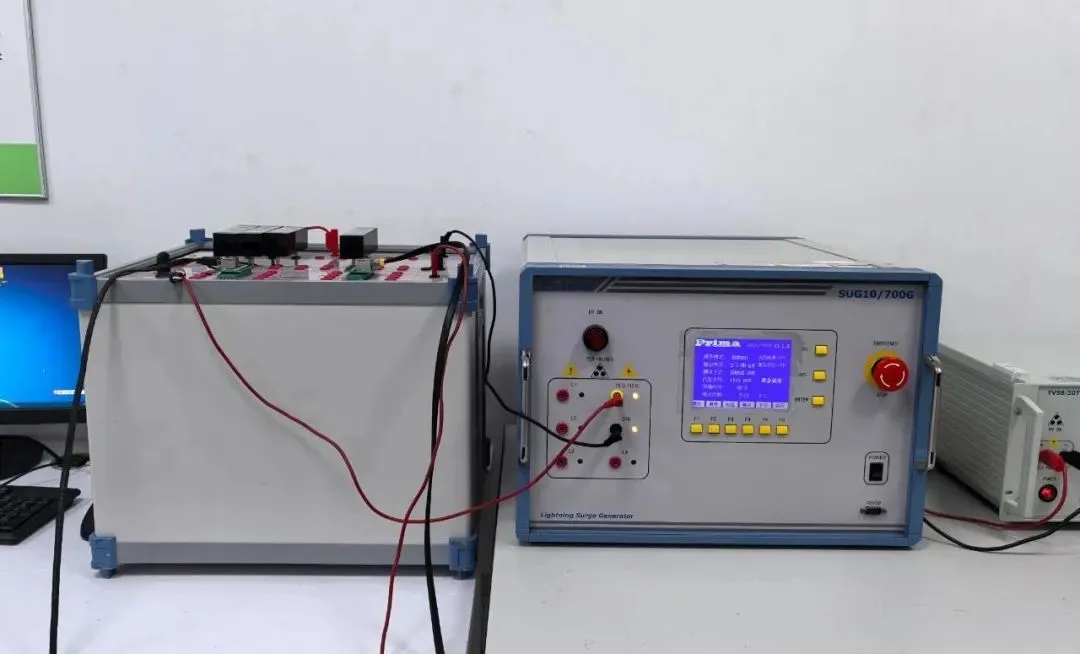 FCC, CE & EMC Compliance for Printers Exported
FCC, CE & EMC Compliance for Printers Exported
Leave us a message
24-hour online customer service at any time to respond, so that you worry!




